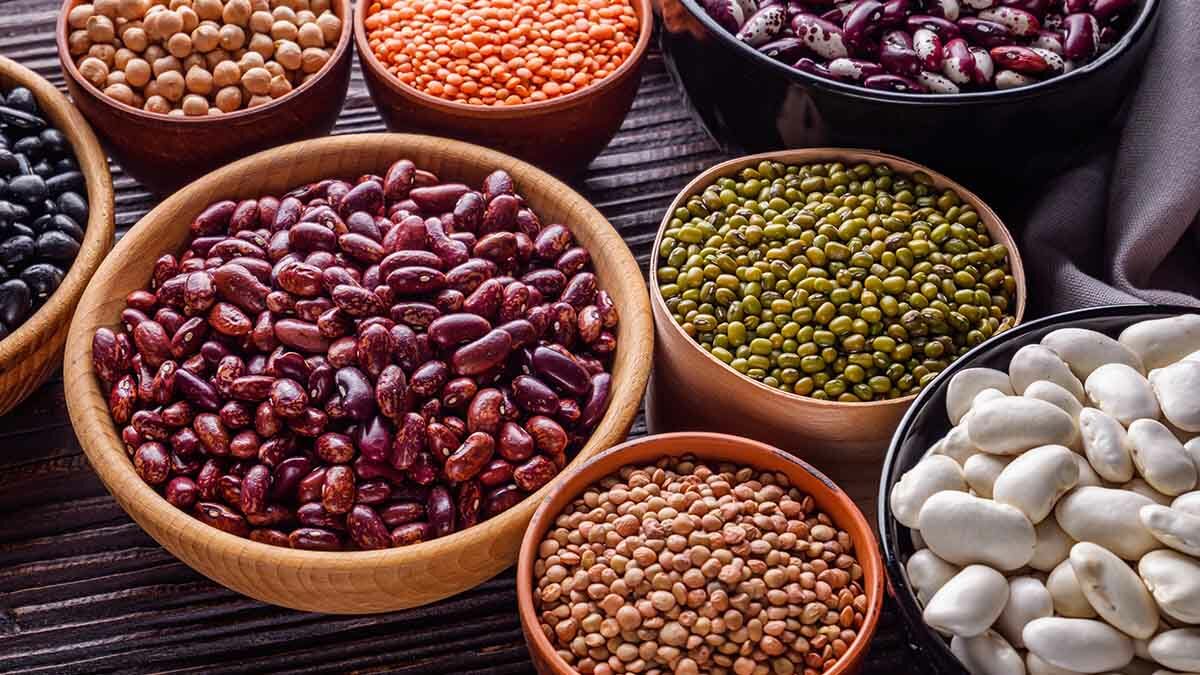How did doctors treat diabetes before insulin? Almost a thousand medicinal plants are known antidiabetic agents, including beans, most of which have been used in traditional medicine. Of course, just because something has been used for centuries doesn’t mean it’s safe. Other treatments for diabetes in the past included arsenic and uranium. Thankfully many of these other remedies fell by the wayside, but scientific interest in the antidiabetic potential of beans was renewed in the past decade.
Diabetes is a global public health epidemic. Although oral hypoglycemic medications and injected insulin are the mainstay of treatment of diabetes and are effective in controlling high blood sugars, they have side effects such as weight gain, swelling, and liver disease. They also are not shown to significantly alter the progression of the disease. Thankfully, lifestyle modifications have proven to be greatly effective in the management of this disease. And if there is one thing diabetics should eat, it’s legumes (beans, chickpeas, split peas, and lentils).
Increased consumption of whole grains and legumes for health-promoting diets is widely promoted by health professionals. One of the reasons is that they may decrease insulin resistance, the defining trait of type 2 diabetes. The European Association for the Study of Diabetes, the Canadian Diabetes Association and the American Diabetes Association all recommend the consumption of dietary pulses as a means of optimizing diabetes control. What are pulses? They’re peas and beans that come dried, and are therefore a subset of legumes. They exclude green beans and fresh green peas, which are considered more vegetable crops, and the so-called oil seeds—soybeans and peanuts.
A review out of Canada (highlighted in my video, Diabetics Should Take Their Pulses) compiled 41 randomized controlled experimental trials, totaling more than a thousand patients, and corroborated the diabetes association nutrition guidelines recommending the consumption of pulses as a means of optimizing diabetes control. They discovered that some pulses are better than others. Some of the best results came from the studies that used chickpeas. In terms of beans, pintos and black beans may beat out kidney beans. Compared to the blood sugar spike of straight white rice, the combination of black or pinto beans with rice appeared to reduce the spike more than kidney beans and rice.
Dark red kidney beans may not be as effective because they have lower levels of indigestible starch. One of the reasons beans are so healthy is they contain compounds that partially block our starch-digesting enzyme, which allows some starch to make it down to our colon to feed our good gut bacteria. In fact, the inhibition of this starch-eating enzyme amylase, just by eating beans, approximates that of a carbohydrate-blocking drug called acarbose (sold as Precose), a popular diabetes medication. The long-term use of beans may normalize hemoglobin A1C levels (which is how you track diabetes) almost as well as the drug.
What about avoiding metabolic derangements in the first place? See my video Preventing Prediabetes By Eating More.
What else may help?
- Amla versus Diabetes
- Flaxseed vs. Diabetes
- Update on Cinnamon for Blood Sugar Control
- How May Plants Protect Against Diabetes?
What may hurt?
-Michael Greger, M.D.
PS: If you haven’t yet, you can subscribe to my free videos here and watch my live year-in-review presentations Uprooting the Leading Causes of Death, More Than an Apple a Day, From Table to Able, and Food as Medicine.
